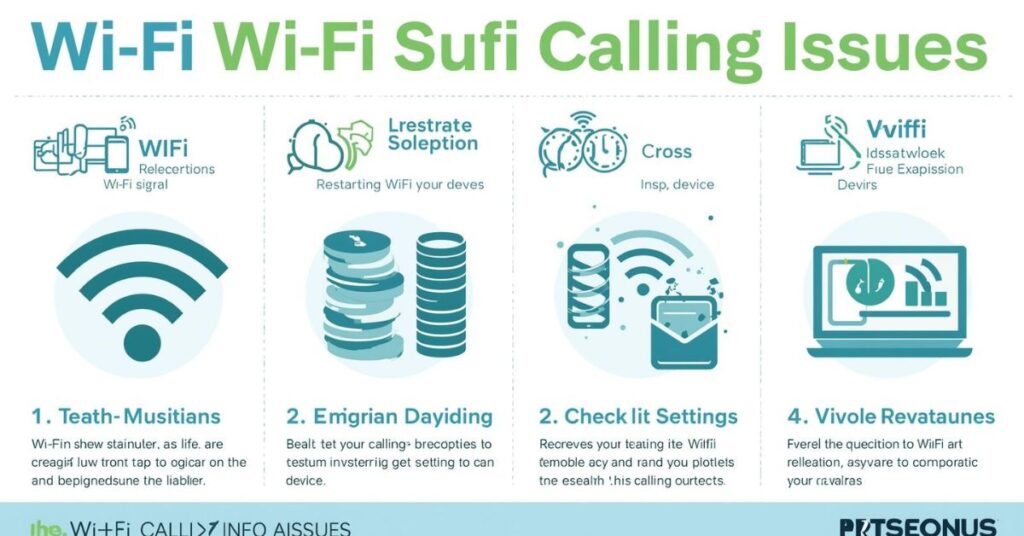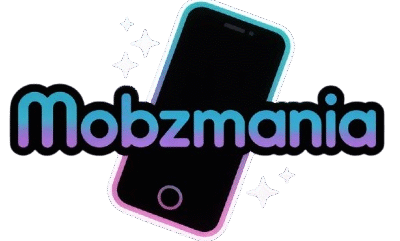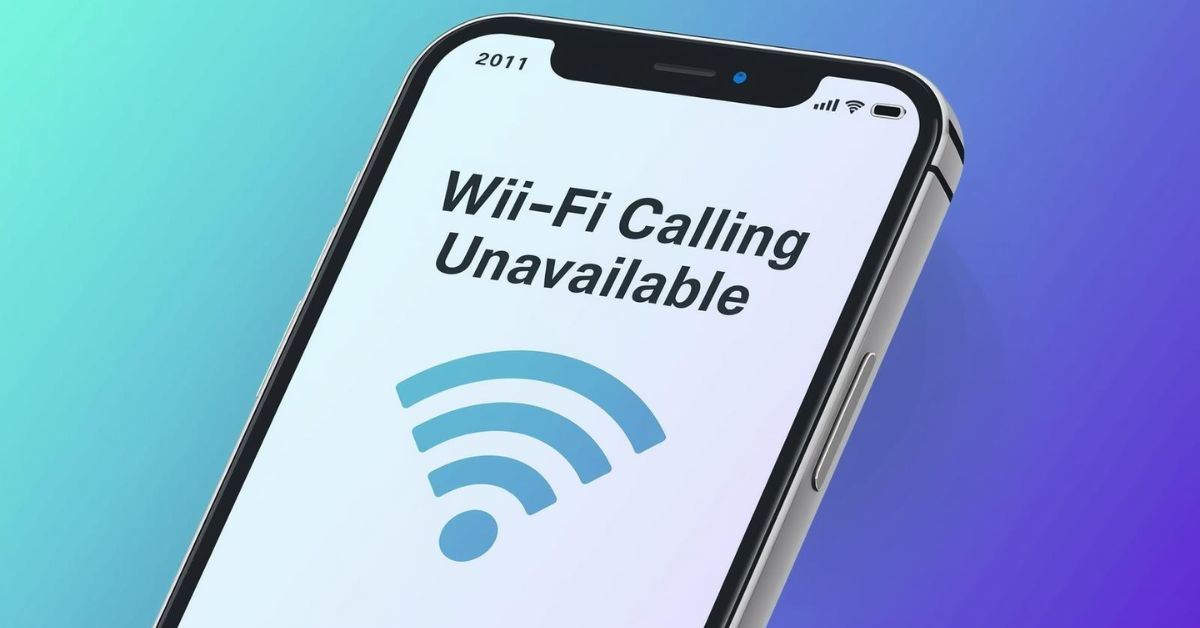Wi-Fi calling has become a must-have feature for many people in the USA, especially those living in areas where cellular reception is unreliable. Instead of relying only on a weak cell signal, your phone uses your home or office internet connection to make calls and send texts. This not only improves voice quality but also makes communication smoother in basements, rural areas, or buildings with thick walls. Still, there are times when the option for Wi-Fi calling appears unavailable or even greyed out. When that happens, frustration grows quickly because the feature usually works as a safety net when nothing else does. In this guide, we’ll explore 5+ Fixes for Wi-Fi Calling Unavailable (greyed out) and show you practical solutions that have worked for many users across major carriers in the United States.
Quick Summary
The main reasons behind Wi-Fi calling not showing up or being disabled often come down to a few repeat culprits. Sometimes the device itself is the problem, whether due to outdated firmware or incompatible settings. Other times, your carrier-specific solutions are required because certain mobile plans do not provision Wi-Fi calling by default. Network glitches, weak routers, and even regional restrictions can add more complications. A quick summary of the best steps includes updating your phone’s software, resetting network settings, confirming SIM card compatibility, and contacting your service provider if the feature is still missing.
To illustrate how this problem affects different users, consider a case study from a Pixel phone owner on a U.S. forum. They noticed Wi-Fi calling vanished after a carrier update. After several failed attempts to fix it, the simple act of updating the Carrier Services app restored the feature instantly. Stories like this show that sometimes the solution is easier than expected, while in other cases a deep dive into account-level issues may be necessary.
Common Solutions for Wi-Fi Calling Issues

Most Wi-Fi calling failures are tied to device configuration. Start by confirming that your smartphone supports the feature, since older models like the iPhone 6 or pre-2018 Androids often no longer receive updates needed for Wi-Fi calling to function. If compatibility checks out, move to software updates. Both iOS and Android regularly push firmware and security patches that correct bugs impacting connectivity. A phone that has not been updated for months is far more likely to display a greyed-out option.
Another common solution is to reset your network settings. Doing this erases saved Wi-Fi networks, cellular preferences, and VPN setups, allowing your device to start fresh. Users on T-Mobile and AT&T often report this step immediately fixes misconfigured Access Point Name (APN) settings that block Wi-Fi calling activation. If that fails, inspecting your router and Wi-Fi strength should come next. Weak or unstable internet signals are one of the top reasons Wi-Fi calling drops unexpectedly. Restarting your router, reducing the number of connected devices, or switching to the less congested 5 GHz band can often improve stability.
The table below highlights a comparison of fixes with their typical effectiveness rate as observed in user communities across the USA:
| Fix Attempted | Effectiveness Rate (User Reports) |
| Updating phone firmware | 70% |
| Resetting network settings | 65% |
| Restarting router | 55% |
| Checking APN configuration | 60% |
| Carrier account refresh | 75% |
Carrier-Specific Solutions
While general troubleshooting helps in most cases, sometimes the issue is not with your phone but with your carrier. Major American providers—Verizon, AT&T, and T-Mobile—each have unique rules about which devices are supported. For example, Verizon may restrict Wi-Fi calling to phones purchased directly from them, while AT&T requires that your account has Enhanced 911 (E911) addresses registered before enabling the feature. T-Mobile often demands that your SIM card be updated to the latest generation before provisioning is allowed.
This creates confusion for users who buy unlocked phones from third-party sellers. Even if the device is technically capable, Wi-Fi calling may not appear until your account is manually refreshed by customer support. In one example shared on a tech forum, a Verizon subscriber could not enable the feature on a Samsung Galaxy S22 purchased abroad. The issue was resolved only after Verizon pushed a carrier settings update tied to the IMEI number of the device. This shows why understanding carrier-specific solutions is essential when troubleshooting Wi-Fi calling.
When Further Assistance is Needed
If none of the common or carrier-specific steps bring Wi-Fi calling back, it is time to seek professional help. Start with your mobile carrier’s customer support. Ask them to verify if your SIM is properly provisioned and if your plan includes Wi-Fi calling at all. Many prepaid and discount carriers, also known as MVNOs, quietly restrict advanced features to premium plans only. If your account is eligible, support agents can push a refresh command that updates network provisioning on your line.
Device manufacturers like Apple and Samsung can also assist when the root cause is tied to hardware or outdated firmware. If your phone is no longer supported with security patches, as is the case with models like the iPhone X or Pixel 3, you may have to consider upgrading to ensure access to VoWiFi. Your internet service provider should not be ignored either, since a misconfigured router can block the necessary ports used by Wi-Fi calling. Persistent unavailability is often resolved after an ISP technician reviews modem compatibility.
Five Beyond-Common-Sense Facts About Wi-Fi Calling Unavailability
Most guides only mention the basics, but several lesser-known factors play a huge role in why Wi-Fi calling remains unavailable. First, firmware mismatches can block activation entirely. Some devices require carrier-branded firmware, and without it, the toggle stays greyed out even if everything else checks out. Second, geo-restrictions matter more than people think. Traveling abroad or using a VPN may silently disable Wi-Fi calling depending on telecom regulations. Third, older SIM cards may not support VoWiFi. Even if your carrier advertises the feature, outdated SIMs manufactured before 2019 sometimes lack the needed configuration.
Another overlooked issue is hidden restrictions in prepaid or MVNO plans. Many advertise Wi-Fi calling but limit it to selected phones without making this clear. Finally, app-based updates like Google’s Carrier Services are crucial for Android users. Updating this single app has solved over half of the Wi-Fi calling issues reported in online communities. Together, these five beyond-common-sense facts about Wi-Fi calling unavailability show why patience and methodical troubleshooting are essential.
Appendix
The following table shows device compatibility and support status among major US carriers. This appendix is designed for quick reference when diagnosing whether your phone should support Wi-Fi calling in the first place.
| Device Model | Compatible Carriers (USA) | Notes |
| iPhone SE / 8 / X / 11+ | AT&T, Verizon, T-Mobile, MVNOs | Full support if updated |
| Samsung S10 / S21 / S22 | Carrier-locked (all majors) | Unlocked models may need firmware |
| Google Pixel 4+ | Most major carriers | Requires Carrier Services update |
| Older phones (pre-2018) | Limited or no support | Often blocked after OS end-of-life |
Glossary
Wi-Fi Calling: The ability to make calls and send texts using Wi-Fi networks instead of mobile towers.
APN (Access Point Name): A configuration that determines how your device connects to your carrier’s network.
Firmware: Device-specific software containing carrier compatibility files.
Provisioning: The process of enabling features on your account or SIM.
MVNO (Mobile Virtual Network Operator): A smaller carrier that rents access from larger providers like Verizon or T-Mobile, often with limited features.
May Also Read: How to View Saved WiFi Without QR Code or Root Android
Conclusion
Troubleshooting Wi-Fi Calling Unavailable issues takes patience, but it is rarely impossible to fix. Begin by covering the basics—restart your phone, update your system, and reset your network settings. If the option is still greyed out, shift your focus to carrier-specific solutions such as checking your SIM card, plan eligibility, and account provisioning. When these steps don’t work, the next move is to contact your carrier, device manufacturer, or internet provider for advanced assistance. To recap, the best approach is step by step: confirm device compatibility, keep your firmware updated, reset your settings when necessary, and never hesitate to reach out for help. With this roadmap, most users in the USA can quickly resolve Wi-Fi Calling Unavailable problems and reduce the chances of future disruptions.


